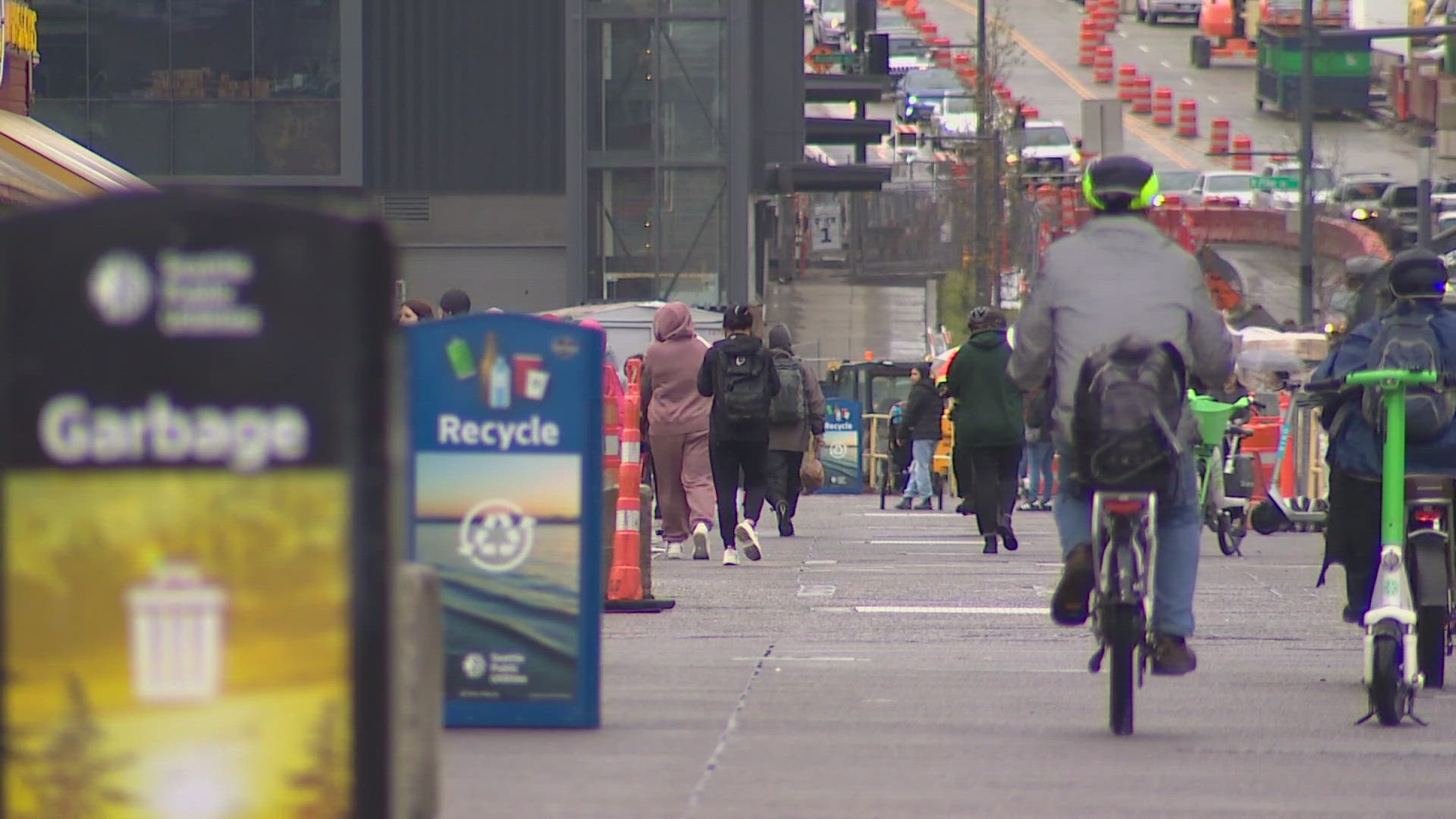BELLINGHAM, Wash. - If the April 1 death of a Tacoma woman was due to hemlock poisoning, it would be the first such fatality in 11 years in the state, the Washington Poison Center said.
Sakha Keo, 55, apparently put hemlock in a salad she ate, thinking it was something else, said Annie Waisanen, a Pierce County medical investigator.
The medical examiner's office is awaiting test results to confirm hemlock as the cause of her death. It would be the first such fatality in 11 years in the state, the Washington Poison Center said.
The Bellingham Herald reports that hemlock poisoning is occurring more frequently as people eat more vegetables they grow or find. The Washington Poison Center already reports 5 people this year have been exposed to the noxious weed. Last year there were 17.
A 35-year-old Bellingham man, David Westerlund, is one victim who had no idea the plant even existed. But it was in his garden.
I said, great, we've got onions and carrots said Westlund. I was thinking, I am going to make something fermented.
He picked the Hemlock which was growing in his garden and chopped it up with garlic, onions and carrots. Ten minutes after eating it, he began to feel tremors run throughout his body.
My eyes weren't tracking he said. The muscles were delayed. It was weird because nothing like that has ever happened to me.
He spent 4 hours in the emergency room but doesn't expect to have long term damage.
I was lucky I didn't have such high amount of toxins. I felt fatigued for a week after that, he said.
He expects to make a full recovery, but Laurel Baldwin of the Whatcom County Noxious Weed Control Board said Westerlund is lucky he wasn't killed -- by the same poison that killed Greek philosopher Socrates.
Part of what makes Hemlock so dangerous is its resemblance to other edible vegetables. It grows along roadsides and waterways, in pastures and playgrounds, in vacant lots and cracks in the pavement. The plant grows 4 to 6 feet tall,has white flowers and leaves that look like a cross between Italian parsley and a fern. All parts of the plant are poisonous and affect the nervous system.
All parts of the plant are poisonous and affect the nervous system. Initial symptoms could include a burning sensation in the mouth, nausea, confusion, and muscle paralysis.
The variouscases prompted the center and state Noxious Weed Control Board to warn about the perils of mistaking poison hemlock for edible plants, such as parsley, parsnip, wild carrot and anise, which have similar-looking flowers, leaves and seeds.
Westerlund, who said he didn't think something toxic or deadly could be in my garden, is trying to spread the warning. A proponent of local food, Westerlund said he wanted to educate the public partly because of the recent growth in school gardens.
About poison hemlock
According to King County, Poison Hemlock (Conium maculatum) is a widespread Class C weed found throughout Washington. It is acutely toxic to people and animals. In Western Washington, it is common on roadsides, in open fields, and in natural areas. Unrelated to the native evergreen hemlock tree, poison-hemlock can be deadly; it has gained notoriety through its use in the state execution of Socrates.
Poison-hemlock can be confused with wild carrot (Daucus carota, or Queen Anne's Lace), as with many other members of the parsley family that resemble it. While poison hemlock is similar to wild carrot, their differences are numerous. Poison-hemlock has smooth hollow stalks with purple blotches and no hairs on its stems. It can get quite tall, sometimes up to 8 feet or higher. It produces many flower heads in a more open and branching inflorescense. In contrast, wild carrot usually has one red flower in the center of the flower top and is usually about 3 feet tall, or less. Poison hemlock starts growing in the spring time, producing flowers in late spring, while wild carrot produces flowers later in the summer.
KING 5's Jake Whittenberg contributed to this report.

